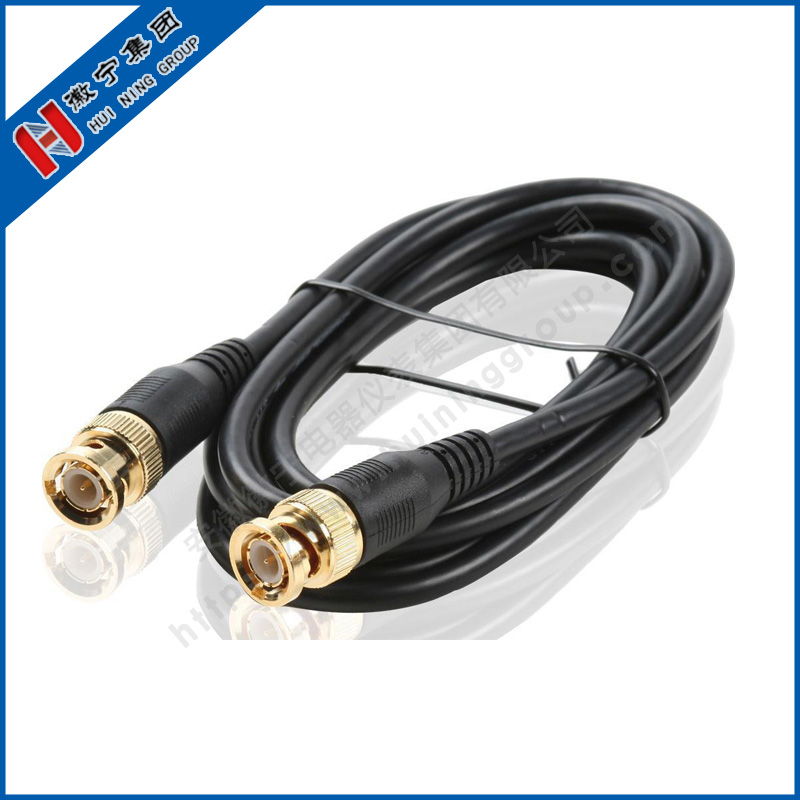| Security code: | huininggroupXkrRAwRad8PkWsi772 |
|---|---|
| browse: | |
| add time: | 2016-01-29 09:05:49 |
| recommendation: |      |
RF cable is the transmission of radio range of electromagnetic energy in a cable, RF cable is indispensable in the various radio communication system and electronic equipment components, wireless communication and broadcasting, television, radar, navigation, computer and instrument in a wide range of applications.
Product features
1 can be transmitted over a wide frequency band
2 high degree of defense against external interference
3 antenna effect is small, the radiation loss is small
4 structure is simple, installation is convenient, comparative economy.
According to structure classification
(1) coaxial radio frequency cable
Coaxial radio frequency cable is the most common type of structure. Because the inner and outer conductor is in the concentric position, the electromagnetic energy is limited in the medium between the inner and outer conductor, so it has the advantages of small attenuation, high shielding performance, wide bandwidth and stable performance. RF power is typically used to transmit 500 kHz to 18 thousand MHz.
Currently, there are two types of RF coaxial cable: 50 and 75 RF coaxial cable. The characteristic impedance of 75 ohm coaxial cable commonly used in CATV network, so that for CATV cable, transmission bandwidth of up to 1GHz, at present commonly used CATV cable transmission bandwidth is 750MHz.
(2) symmetrical RF cable
The electromagnetic field of the symmetrical RF cable loop is open, because of the radiation electromagnetic energy at high frequency, the attenuation is increased, and the shielding performance is poor, and the influence of atmospheric conditions is usually less. Symmetric RF cables are mainly used in the case of low frequency or symmetrical feeding.
(3) spiral radio frequency cable
Coaxial or symmetrical cable conductor, and sometimes can be made into a coil shape, thus increasing the cable inductance, thereby increasing the wave impedance of the cable and electromagnetic energy transmission time delay, the former for high resistance cable, and the latter is called delay cable. If the spiral coil is different in the density of the winding along the length direction, the variable resistance cable can be made.
Classification by insulation
(1) solid insulated cables
In the inner and outer conductor of the cable, the solid high frequency dielectric is filled, and most of the soft coaxial radio frequency cable is adopted.
(2) air insulated cable
The insulating layer of the cable, in addition to supporting a part of the inner and outer conductors of solid media, the bulk of the rest are air. The structure is characterized in that the conductor can not be passed through the dielectric layer from one conductor to another. Air insulated cables have very low attenuation, which are commonly used in the structure under high frequency.
(3) semi air insulated cable
This type of structure is a kind of insulation between the above two kinds of insulation, the insulation is also a combination of air and solid media, but from one conductor to another through the solid dielectric layer.
According to the classification of insulating materials
Plastic insulated cable, rubber insulated cable and inorganic mineral insulated cable.
According to the soft classification
Soft cable, flat flexible cable and rigid cable, etc..
Classification by transmission power
0.5 kilowatts below the low power, 5 - 0.5 kilowatts of power, more than 5 kilowatts of power cable.
According to the characteristics of product usage classification
Low attenuation, low noise, small type and stable phase cable, etc..







